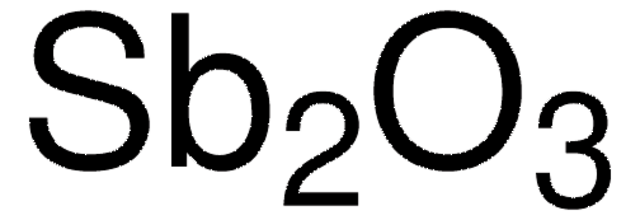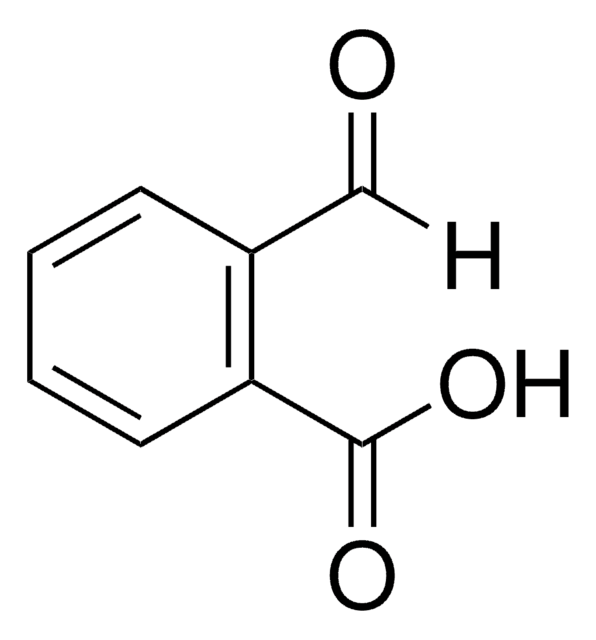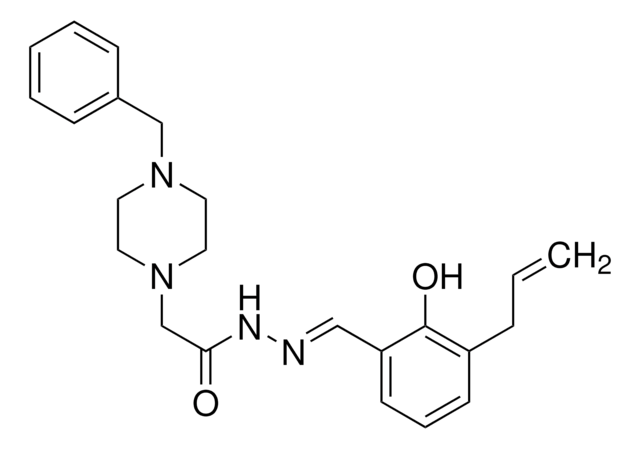229393
Aluminum chloride hydrate
99.999% trace metals basis
Sinónimos:
Aluminium trichloride hydrate, Aluminum(3+) trichloride hydrate, Trichloroaluminum hydrate
About This Item
Productos recomendados
grade
for analytical purposes
Quality Level
vapor pressure
1 mmHg ( 100 °C)
assay
99.999% trace metals basis
form
crystalline
composition
Degree of hydration, 6-7
reaction suitability
reagent type: catalyst
core: aluminum
impurities
≤15.0 ppm Trace Metal Analysis
mp
100 °C (dec.) (lit.)
density
2.398 g/mL at 25 °C (lit.)
application(s)
battery manufacturing
SMILES string
[H]O[H].Cl[Al](Cl)Cl
InChI
1S/Al.3ClH.H2O/h;3*1H;1H2/q+3;;;;/p-3
InChI key
CAYKLJBSARHIDI-UHFFFAOYSA-K
Categorías relacionadas
General description
Application
- Precursor to synthesize high surface area alumina aerogels by sol-gel processing method.
- Catalyst for Friedel-Crafts alkylation of indoles.
- Dopant to synthesize Al-doped ZnO thin films by ultrasonic spray pyrolysis.
- Starting material to synthesize Boehmite nanoparticles with controlledmorphology.
signalword
Danger
hcodes
Hazard Classifications
Skin Corr. 1B
Storage Class
8A - Combustible corrosive hazardous materials
wgk_germany
WGK 1
flash_point_f
Not applicable
flash_point_c
Not applicable
Elija entre una de las versiones más recientes:
¿Ya tiene este producto?
Encuentre la documentación para los productos que ha comprado recientemente en la Biblioteca de documentos.
Los clientes también vieron
Global Trade Item Number
| Número de referencia del producto (SKU) | GTIN |
|---|---|
| S302279-1EA | |
| 229393-5G | |
| 229393-100G | 4061838145444 |
| 229393-25G | 4061838781772 |
Nuestro equipo de científicos tiene experiencia en todas las áreas de investigación: Ciencias de la vida, Ciencia de los materiales, Síntesis química, Cromatografía, Analítica y muchas otras.
Póngase en contacto con el Servicio técnico







